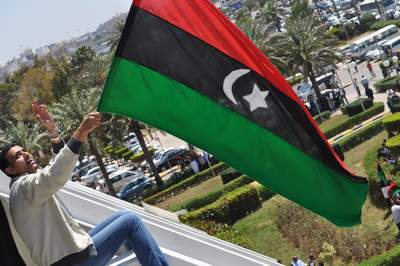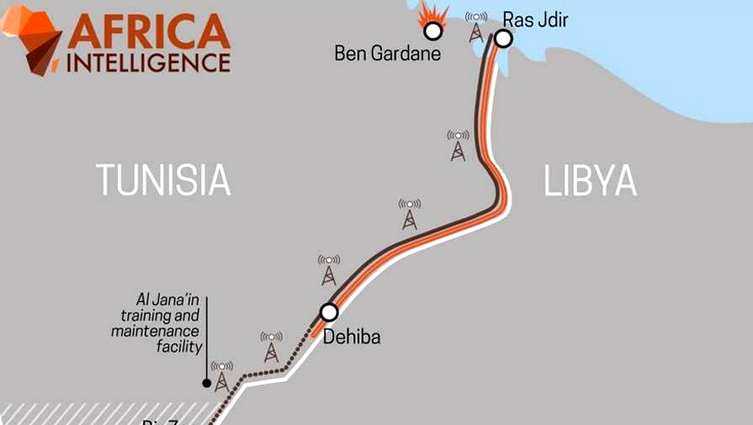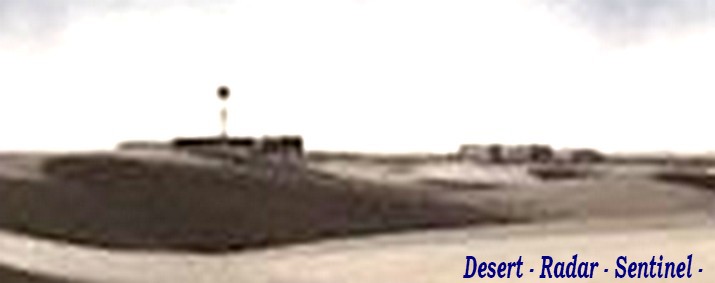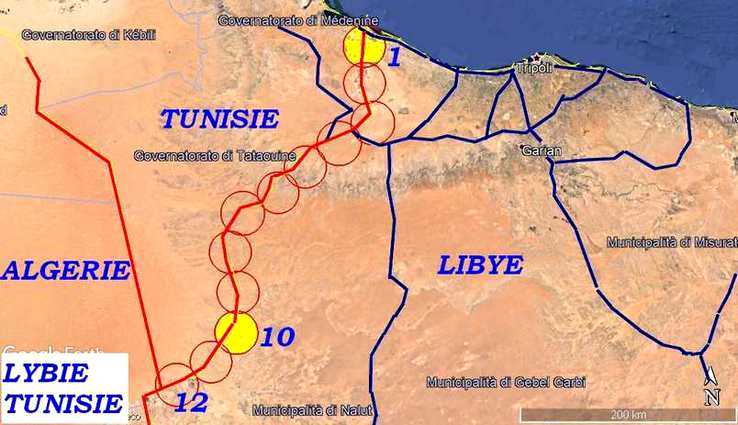
ref:topbtw-3021.html/ 9 Luglio 2021/A

Report:
Washington relaunches plan of surveillance on Libya-Tunisia border.
The US justice department's counterterrorism division has revived its plan to acquire balloons to keep the border between
Libya and Tunisia under surveillance, saying that following the failure of Lockheed Martin and TCOM, two other US
firms are still in the running, according to the French website, Africa Intelligence.
The website said the US, which is the main provider of funds for the electronic surveillance system on the border
with Libya, is preparing to give Tunisia another helping hand with its security.
According to the website, the US Department of Justice is planning to revive its plan to acquire tethered
aerostats to complement the land-based system which has already been installed by Aecom and URS with financing
from the Pentagon's Defense Threat Reduction Agency.
"The aerostats could be installed at the southernmost tip of Tunisia, where the US electronic "wall" has not
yet been completed."
It explained.
Africa Intelligence said that the first version of the project, which was initially launched in 2019
as part of the International Criminal Investigative .
Training Assistance Program, provided for the acquisition of three or four aerostats for an estimated $23m:
it was abandoned four months later, however, mainly on cost grounds.
"The plan initially attracted American defence giant Lockheed Martin and the TCOM group, which was able to
highlight its experience in surveillance of the US-Mexican border for the Department of Homeland Security
and US Customs & Borders Protection (CBP).
Lockheed Martin quietly dropped its surveillance aerostat business, however, which had never really taken off,
while TCOM's bid was judged to be too costly for the Tunisian project."
Africa Intelligence further explained.
It said that at least two less well-known companies are still in competition: Novetta, a specialist integrator
of intelligence, surveillance and reconnaissance (ISR) systems which has just been taken over by Accenture, made a
proposal involving the use of 12- and 17-metre aerostats in 2019.
"It long looked to be the favourite to get the contract but is now facing competition from surveillance
aerostat specialist Drone Aviation Corp.
This company has proposed its WASP system, which uses a 6-metre balloon and a towable ground station.
It can be equipped with a range of captors, including L3 Wescam MX-8 cameras.
According to the company, the system can detect a person at a distance of eight kilometres."
The website added.

The control of the 3 - 4 aerostats will be made by the US ARMY ?
Is the control made by the Libyan ARMY ?
SAFETY of the System: an easy target for any Libyan' good hunter..
The first units of the TRISKAV radar system were installed in 1982 and 1983 on several maritime surveillance buoys.
This is a technology is well tested and quite easy to use.
The TRISKAV radar system consists of two elements.
The first element is the radar, installed in a small 20ft container.
The radar unit is totally independent, and is equipped with solar panels, 4 surveillance cameras, etc.
The second element is the control station, also installed in a small 20'ft container, equipped with an air-conditioned system suitable
to accommodate one (1) operator able to control all the radar activities in a very large area.
The control station can be installed anywhere, and can be moved from one location to another in relation to the operational needs.
The two units can also be installed on a 4 x 4 all-terrain vehicle for the maximum safety and the best operational flexibility
of the radar system.
The Search radar images as well as the four TV images are transmitted to the ground command Unit and Control Station as compressed files,
in order to reduce the satellite utilization time, or in real time when linked to the 4G/5G system by the satellite network.
The two-ways data link transmission is made by satellite 4G/5G to and from any location worldwide.
Should it be required, then it is possible to adjust the radar settings as well as to have a real-time data link from the radar
to the Command-and-Control Station.
From the Command-and-Control room houses the operator, who will analyze the 10/30nml radar image on 8 color screen monitors.
Images from the primary computer screen will be transferred to a secondary screen to analyze the echoes, and to evaluate size, speed and
direction of each target, as well as to determinate the position.
The Command-and-Control Station main frame will be able to record and to store up to six days of standard transmissions images.
The TRISKAV system can be used to protect land borders.
The radar can be installed on the top of the mountains or in between the desert dunes without any limitation or operational restrictions
With the radar installed on the ground, the surveillance range will reach 30 nm. (50 km) with the radar installed on a buoy, the
surveillance range will 10 nm. ( 18 km ).
Land border protection.
With surveillance radars installed on the ground, two important results are achieved.
First:
the location of all cars, trucks, animals, people in transit within a (given) radius of action of the radar.
Second:
the location of illegal activities, deforestation and illegal transport of timber or goods.
Marine area protection.
With the surveillance radar installed on the buoys three important results are achieved.
First:
The location of all boats arriving from the sea and heading for the national coasts.
Second:
The surveillance of all vessels departing from the coast and from territorial waters and bound for
international waters, following their route.
Third:
The control of all illegal transshipment activities of persons or goods carried out with the mooring of two boats.
It also allows Government Agency's to mount covert surveillance operations on the following:
- Boats violating customs regulation, drug and human trafficking
- Fishery's protection
- Boats approaching wind farms as well as Oil Platforms
- Ecological sensitive Sites
This Technology allows for the surveillance small vessels, not equipped with the "blue-box" (SCP) for the benefit of
the international maritime authorities.


BORDER PROTECTION SYSTEM by TRISKAV
12 radar unit - 8.400.000 $
US SYSTEM
3 - 4 Aerostat: 23.000.000 $
( Redazione )


- Today' NEW contacts -
I lettori di questa pagina sono: